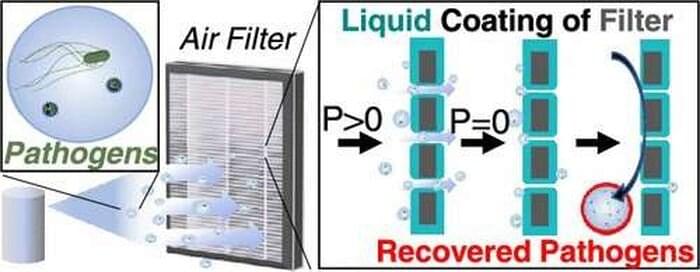In the philosophy of mind, the multiple realizability thesis contends that a single mental kind (property, state, event) can be realized by many distinct physical kinds. A common example is pain. Many philosophers have asserted that a wide variety of physical properties, states, or events, sharing no features in common at that level of description, can all realize the same pain. This thesis served as a premise in the most influential argument against early theories that identified mental states with brain states (psychoneural, or mind-brain identity theories). It also served in early arguments for functionalism. Nonreductive physicalists later adopted this premise and these arguments (usually without alteration) to challenge all varieties of psychophysical reductionism. The argument was even used to challenge the functionalism it initially was offered to support. Reductionists (and other critics) quickly offered a number of responses, initially attacking either the anti-reductionist or anti-identity conclusion from the multiple realizability premise, or advocating accounts of the reduction relation that accommodated multiple realizability. More recently it has become fashionable to attack the multiple realizability premise itself. Most recently the first book-length treatment of multiple realizability and its philosophical import has appeared.
This entry proceeds mostly chronologically, to indicate the historical development of the topic. Its principle focus is on philosophy of mind and cognitive science, but it also indicates the more recent shift in emphasis to concerns in the metaphysics of science more generally. It is worth mentioning at the outset that multiple realizability has been claimed in physics (e.g., Batterman 2000), biochemistry (Tahko forthcoming) and synthetic biology (Koskinen 2019a, b). After more than fifty years of detailed philosophical discussion there still seems to be no end in sight for novel ideas about this persistent concern.




